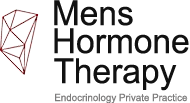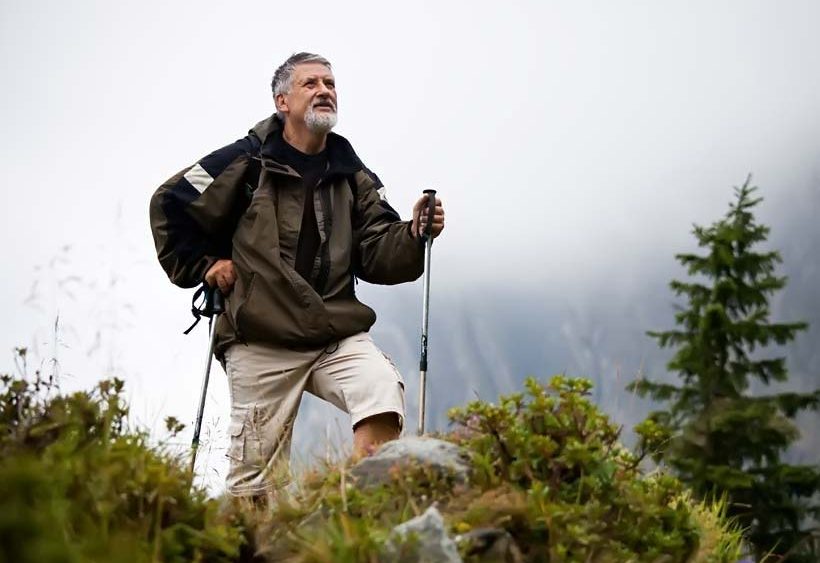It is expected that people older than 60 years will comprise almost a third of the society by 2030. Despite however, an increase in life expectancy the years expected to live in poor health will increase too and the main cause as recorded recently, seems to be the decline in muscle function integrity.
Aging is associated with a marked and characteristic decline of muscle strength, power and exercise capacity, which inevitably would result in a marked decrease of our physical function. Without a doubt a close association exists between walking speed, self-reported physical function and muscle power and strength.
Daily activities of men however, are rather characterised by tasks of longer duration and of lower intensity performed aerobically. Likewise, aerobic exercise capacity has been shown to be closely associated with physical function and quality of life and the decline of our aerobic capacity below of certain threshold will comprise our independent leaving.
The decline in aerobic capacity, and the higher energy cost of exercise in elderly men may indeed contribute to the decline of exercise and leisure time physical activity. This decline is a universal finding of aging which occurs across different species. To this regard a specific worm (nematode C. Elegans) is a very important model for studying aging with a mean life span of 2-3weeks. Upon reaching adulthood (2-3 days) these creatures are highly mobile and vigorously moving around, whereas at the end of their reproductive life (6-7days) moving slowly and only when prodded. Finally, by age 10-12 days these animals exhibit minimal movement and twitch only when prodded.
The above confirms the common dogma that old men slow down, as it appears that they have a biological drive to move less.
Falls occur quite commonly in elderly men affecting even those old men with reasonable good health and fitness level. Although many risk factors may contribute to falls, it is mainly the muscle strength and power which have been found to be associated with falls or risk of falls in elderly men.
If we consider the importance of physical activity and that of growth hormone and testosterone on skeletal muscle homeostasis, a clearer picture emerges. The decline in hormone profile integrity and that of everyday physical activities, which both comprise an indispensable factor of muscle homoeostasis, will compromise the skeletal muscle and a decline in skeletal muscle quantity and latter in quality will occur.
Consequently, the improvement of aerobic capacity and in turn of our everyday physical activity, after growth hormone and testosterone replacement therapy in elderly men in experimental studies is of highly importance. Actually, by increasing our everyday physical activity with a parallel correction of hormone deficit it is expected to preserve or even increase our physical function and quality of life.
Although every effort is made to ensure that all health advice on this website is accurate and up to date it is for information purposes and should not replace a visit to your doctor or health care professional. As the advice is general in nature rather than specific to individuals Dr Giannoulis cannot accept any liability for actions arising from its use nor can he be held responsible for the content of any pages referenced by an external link.



Comments are closed.